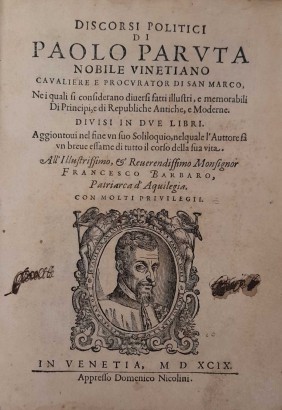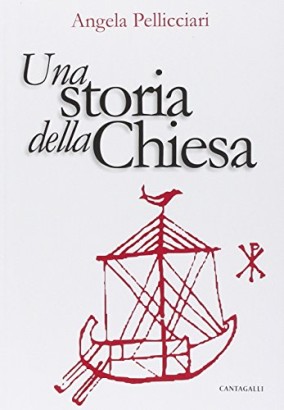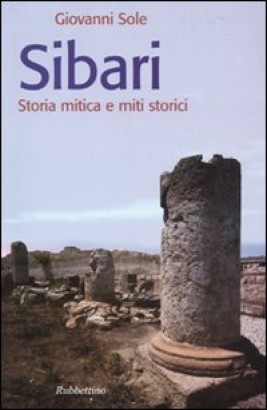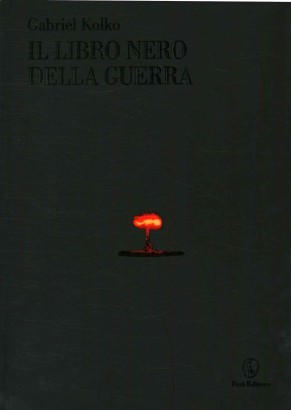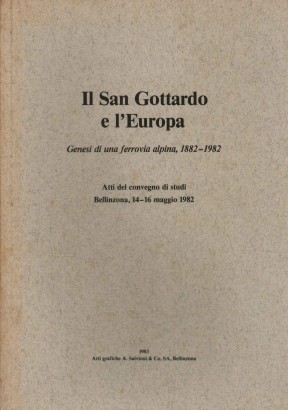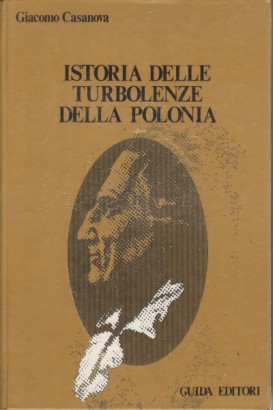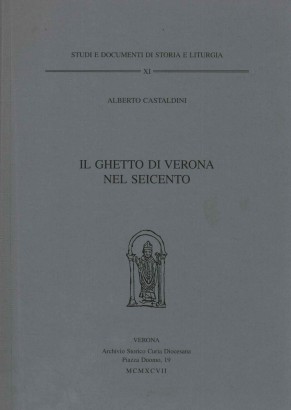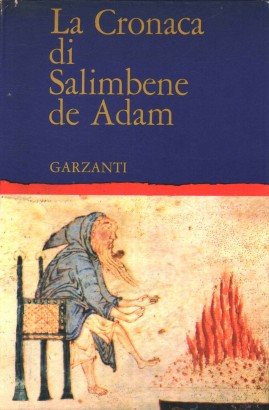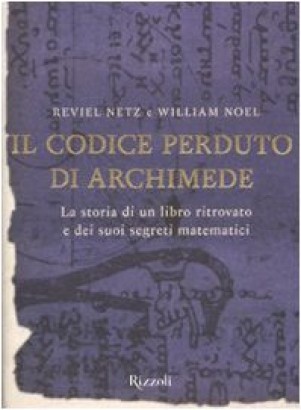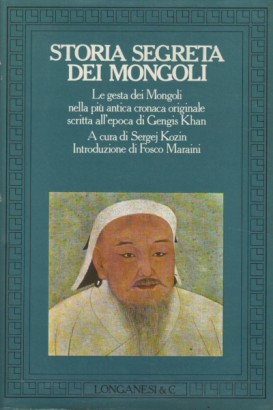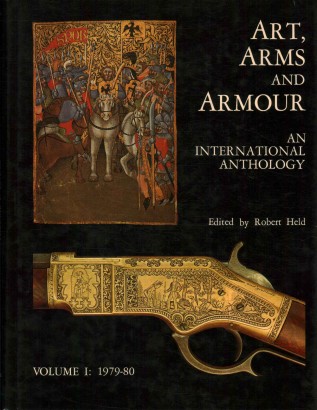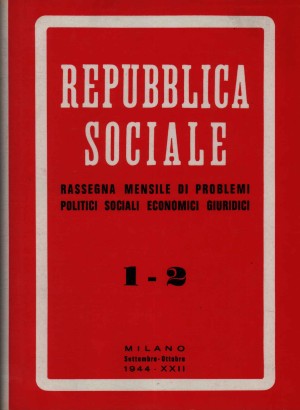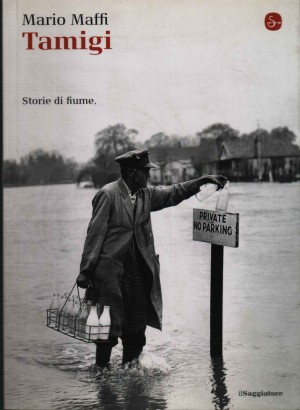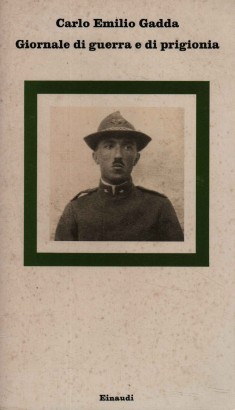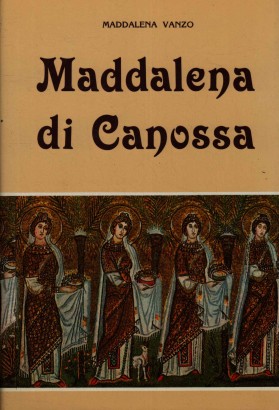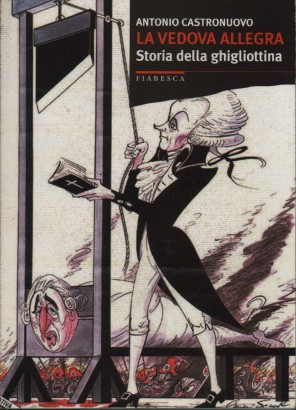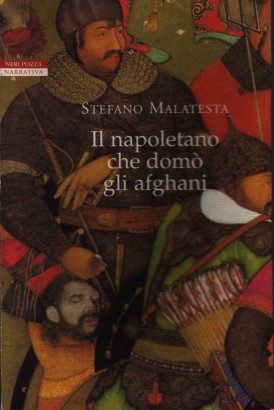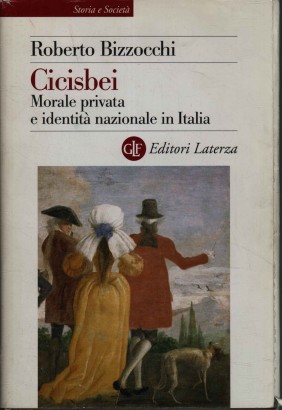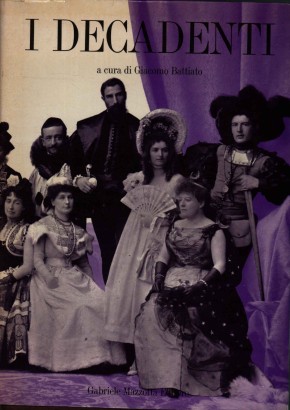El Gran Chaco; Memorial ajustado; Discusion en la legislatura de Buenos Aires; Digesto eclesiastico argentino
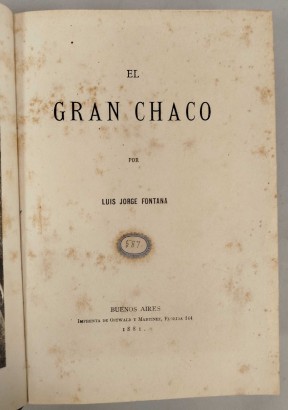






Features
Author: Luis Jorge Fontana, s.a., Carlos D'Amico, Juan Goyena
Publisher: Editori vari
Place of printing: Buenos Aires
Year of publication: 1880-1887
Product Condition:
Four works in one volume. Half leather binding with gilt title and decorations on the spine with five raised bands and marbled boards: widespread abrasions on the edges, corners and boards; in particular on the external corners of the front board the covering is removed; peeling on the brown, faded spine, while on the lateral bands of the boards the leather is green. Marbled back covers, first and last flyleaves. Browned edges with foxing; particularly darkened headboard edges. First work: browned leaves with widespread foxing; tiny location label in the centre of the title page; no. 12 written in pencil on the recto of the following leaf; small brown spots on 27.4 and 28 (pages 224-225). Second work: leaves in very good condition, foxing on the last ones; stamp on the title page. Third work: browned leaves with widespread foxing, in particular at the end of the volume. With one text in English and one in French. Fourth work: browned leaves with foxing; holes from a probable previous binding on the inside lateral margins; small tears on the upper edge of leaves 17.5 to 17.7 (pages 281-286). Pen annotations reporting the titles of the works on the penultimate blank sheet. Texts in Spanish.
Pages: (2),XXXI,235;VII,452;246;287,V
Format: In eighth
Dimensions (cm):
Height: 22
Width: 16
Description
Our volume collects 4 different works that all refer to the history of Argentina. The most interesting is certainly the first “El Gran Chaco”, published in Buenos Aires in 1881, the work of Luis Jorge Fontana, Secretary of the Interior of the National Territory of Chaco, in the period in which the large territory located in the heart of Latin America was incorporated into the Argentine state, not without controversy with neighboring countries. Fontana's work aims to be a contribution to the knowledge of this large territory. The work is divided into four parts: “Geognosy and hydrography”, with four appendices: the travel diary on the recognition of the sources of the Pilcomayo (1875); the act in which names are given to two points on the coast of the same river; the act with which Fontana himself takes possession of the island of Cerrito on behalf of the Argentine state, and a reflection on the strategic and military importance of this island. “Meteorology” with notes on temperatures and comparative tables mainly referring to the city of Villa Occidental. “Ethnology”, the most extensive, with anthropometric, cultural and linguistic observations on the six “nations” that Fontana identifies as inhabitants of the Chaco (Tobas, Mocovíes, Chunupíes, Matacos, Payaguás and Chiriguanos). “Zoology and Botany”, which testifies to the author’s training as a naturalist. The text is followed by 10 plates. ft The second work included in our volume, “Memorial ajustado de los diverses espedientes seguidos sobre la provision de obispos en esta Iglesia de Buenos Aires, hecha por el solo Sumo Pontifice sin presentacion del gobierno”, asserts the sovereignty of the Argentine state and tax authorities on matters concerning Church decrees in the territory of the diocese of Buenos Aires. The third work is dedicated to the discussion of a bill that regulates the export of livestock throughout the world. The fourth is the "Argentine Ecclesiastical Digest" which collects laws, decrees, pastoral bulls of the national Church from 1810 to 1880.
Product availability
Immediate availability
Ready for delivery within 2 working days from ordering the product.





